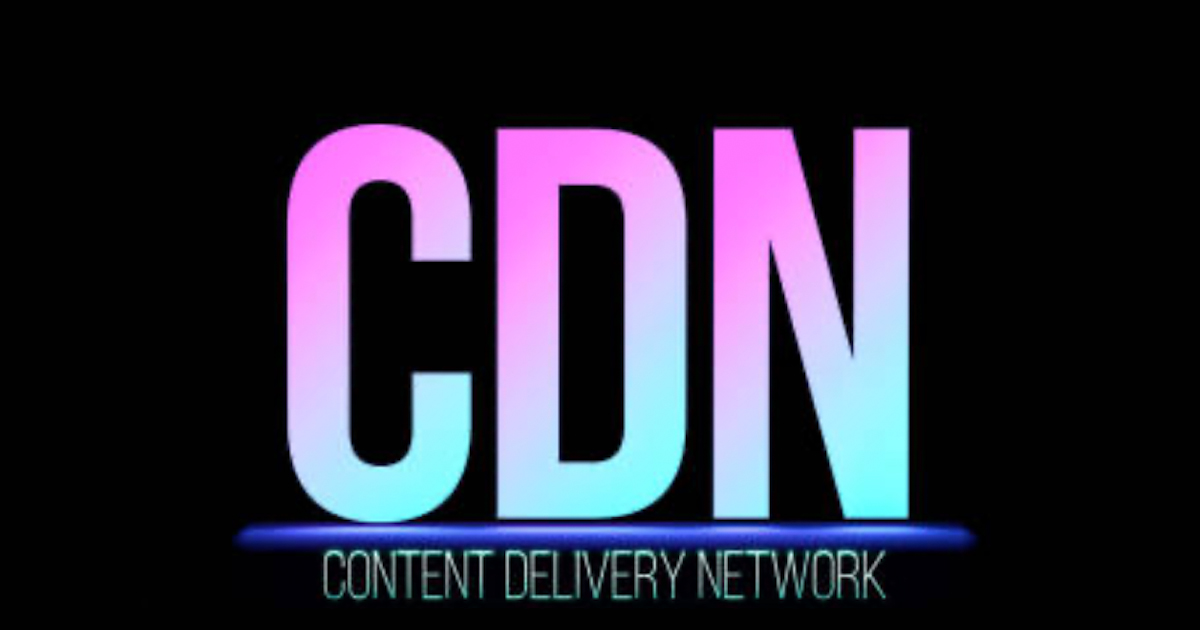CDN Vendors Seeing More Pricing Pressure From the Largest Customers, Getting Less Traffic Commits and Growth

Some important data points about CDN pricing, vendor consolidation and market sizing came from Fastly earnings call and earnings results. For the first time, Fastly is breaking out revenue into three product lines: “Network Services” (solutions designed to improve the performance of websites, apps, APIs, and digital media), “Security” (products designed to protect websites, apps, APIs, and users) and “other” (emerging products offering which includes compute and observability products). In Q1, Network Services comprised 79% of revenue, Security 18%, and Other 2.7%. For all the talk in the cloud computing industry, very little revenue is being generated today across the industry from compute services.
The company discussed the challenges in the CDN business, saying they saw a “slight uptick from the typical level of re-rates with our largest customers, but we have not yet seen the commensary traffic expansion usually associated with this motion.” In other words, pressure on CDN pricing is as bad as always, with the largest customers demanding lower pricing, even without offering more traffic or larger commits. This is no surprise to me since this has been the trend over the past twelve months. Talk to the largest customers; it’s the same trend.
And yet, most on Wall Street have no insight into CDN market drives and restraints. Three weeks ago, Piper Sandler upgraded Fastly stock, citing “multiple upside levers” across the CDN business, and Fastly’s stock rose by 7% in intraday trading. The analysts said that Fastly could benefit from new business strength and a “favorable competitive landscape,” noting the exit of some competitors could help drive opportunities and favorable pricing for Fastly. But of course, that’s not reality.
Regarding industry consolidation, Fastly said, “We also will not benefit in 2024 from the favorable impact of the CDN consolidation that occurred in early 2023 that drove favorable sequential growth in the prior year same period.” In other words, StackPath and Lumen exiting the market won’t benefit Fastly in 2024, which no one should have expected, considering both vendors had such a small number of customers with a meaningful MRR. Fastly also said that when it came to their largest accounts, they “saw more pricing pressure than they are used to.”
Akamai acquired around 100 enterprise customer contracts from StackPath and said it would add approximately $20 million in revenue by 2024. That’s it. From the deal with Lumen for the CDN contracts Akamai acquired, the company said it would add approximately $40 million to $50 million in revenue for the full year in 2024. No one should have thought the exit of StackPath and Lumen from the CDN space would drive meaningful revenue to Fastly or any other CDN. Fastly said their top 10 customers represented 38% of total revenue in Q1, so any further impact on pricing for their largest ten customers will have a negative impact on revenue growth.
If you listened to Fastly’s earnings call, no one from Wall Street understood Fastly’s answers to their questions, and I can see why. Fastly projected no confidence with their answers and used terms like “aggressive” when talking about their wrong projections and “volatility” regarding what they saw in the market, with customers adding multiple CDNs into their traffic delivery mix. I don’t know why the company didn’t see any of these data points earlier in the market and failed to understand what’s driving lower pricing with less traffic commits. I could name multiple large customers who have been shifting more traffic to AWS and other vendors over the past few months and lowering rates simultaneously. Multiple large customers started renewal conversations in January, expecting new pricing to be secured in Q2. Fastly said they are reacting to what they see in the market with these large customers by “changing their engagement model,” but why are they just changing it now? Related to sales, Fastly mentioned they are still interviewing for a CRO and have now been five months without one.
In Q1 of this year, I completed my yearly CDN pricing survey of over 500 customers and saw the lowest pricing rates I have ever seen for the largest customers, as low as $0.00038 per GB delivered in the US. Blended pricing globally at $0.0006. (Please note, this doesn’t mean these are the prices you should be asking for or paying!) Lower pricing is okay if traffic and commits are growing, but they aren’t. Contact me if you want details on what I’ve collected and the cost of the raw data.
